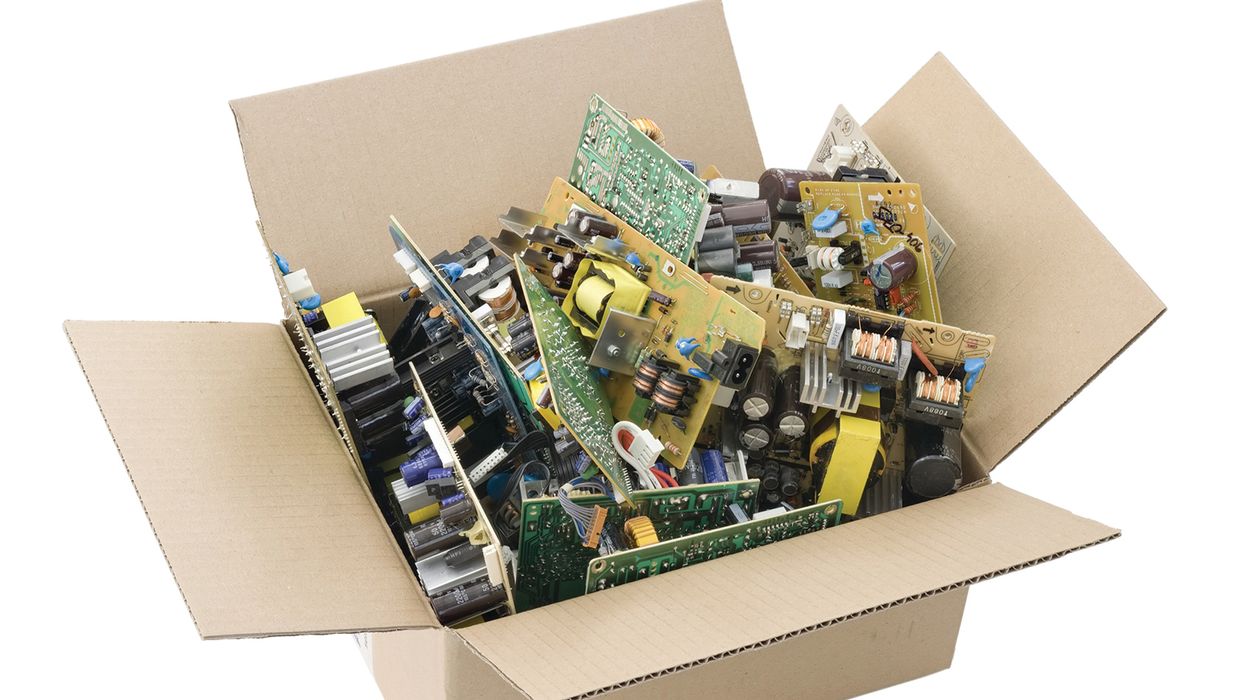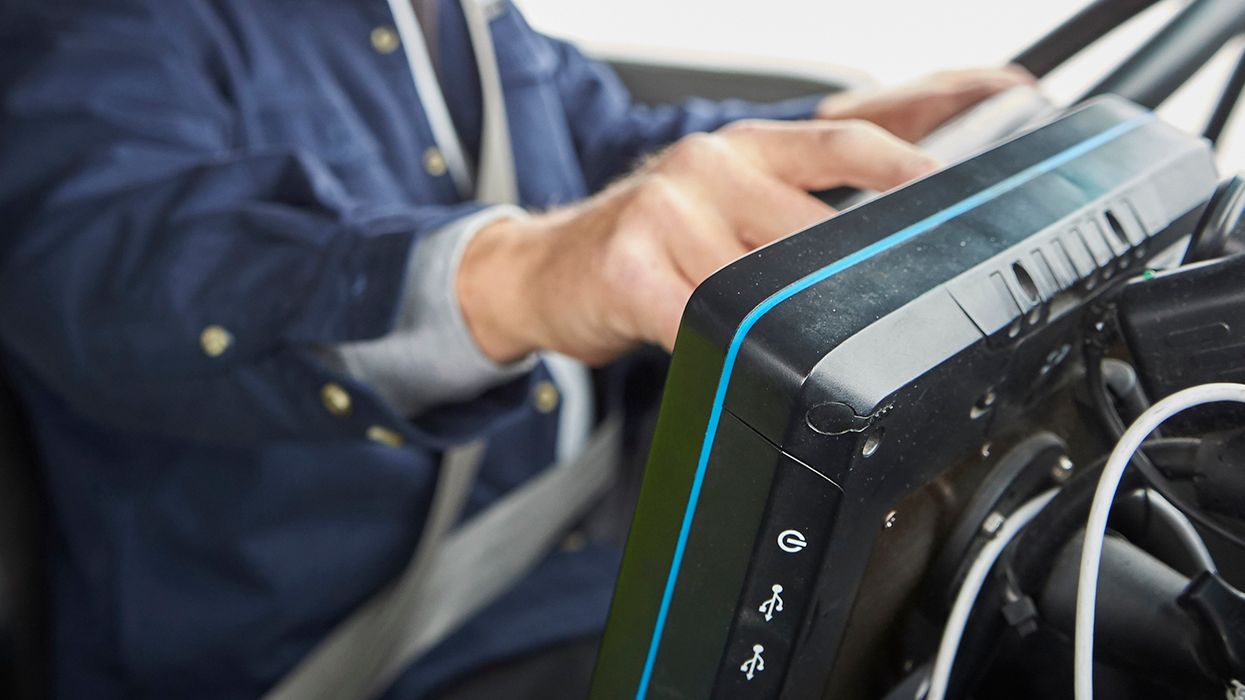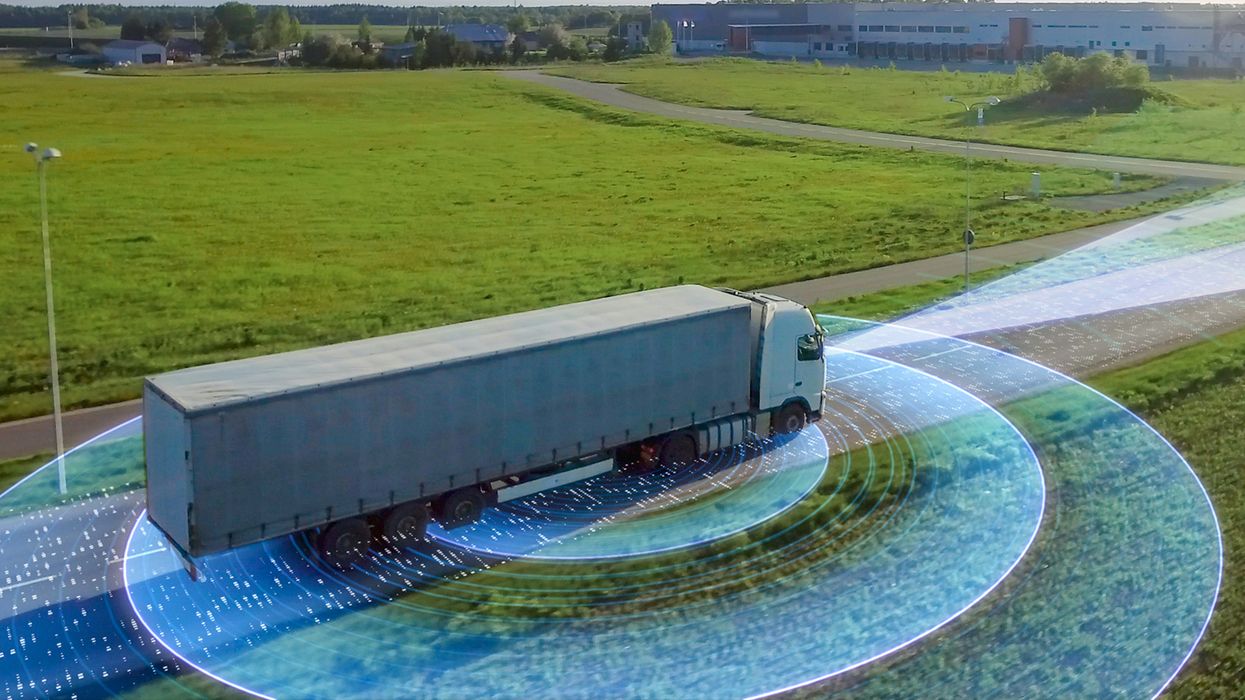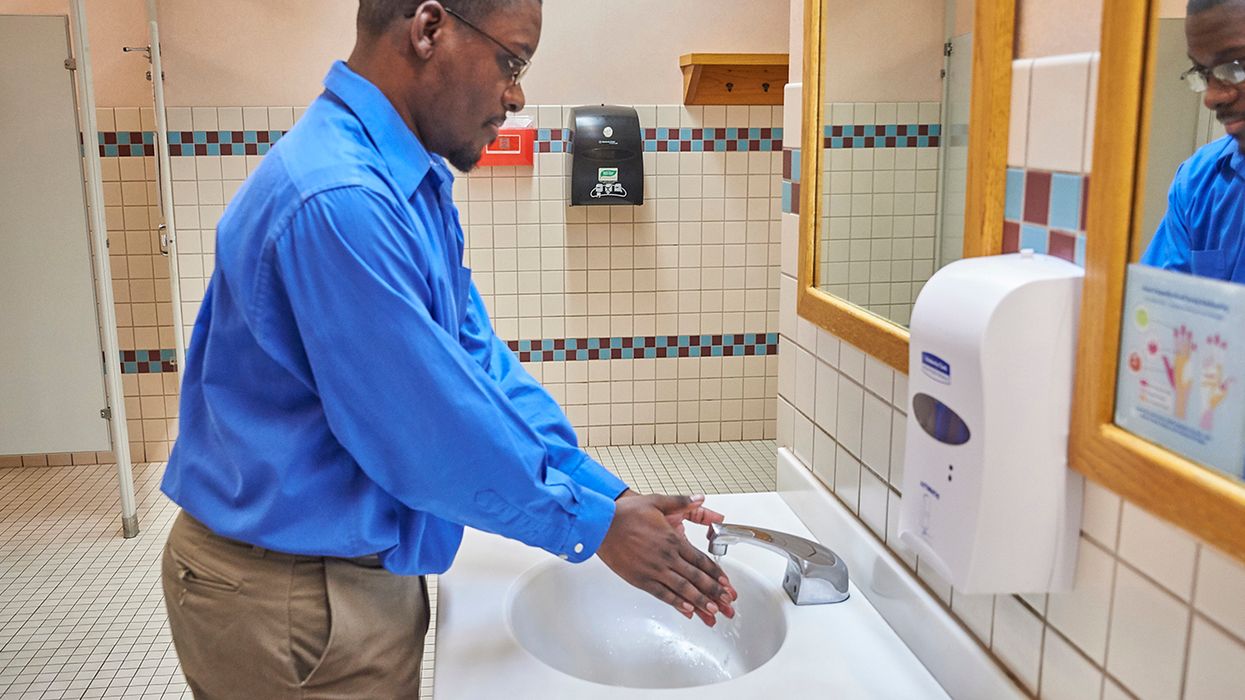UPDATE: FMCSA expands emergency-relief exemption
An emergency exemption put in place for certain truck and bus drivers on March 13 has been expanded to cover more relief efforts in response to the coronavirus (COVID-19) pandemic.
Under the emergency declaration, motor carriers and drivers providing direct assistance in support of relief efforts related to the COVID-19 outbreak are not required to comply with Parts 390 through 399 of the Federal Motor Carrier Safety Regulations.
The list of products and services eligible for the exemption was expanded on Wednesday, March 18.
What is direct assistance?
Direct assistance means transportation and other relief services provided by a motor carrier or its drivers related to the immediate restoration of essential services, such as medical care, or essential supplies such as food. This includes transportation to meet immediate needs for the following (items in bold were added or expanded since the original notice):
- Medical supplies and equipment related to the testing, diagnosis, and treatment of COVID-19;
- Supplies and equipment necessary for community safety, sanitation, and prevention of community transmission of COVID-19, such as masks, gloves, hand sanitizer, soap, and disinfectants;
- Food, paper products, and other groceries for emergency restocking of distribution centers or stores;
- Immediate precursor raw materials - such as paper, plastic, or alcohol - that are required and to be used for the manufacture of essential items;
- Fuel;
- Equipment, supplies, and persons necessary to establish and manage temporary housing, quarantine, and isolation facilities related to COVID- 19;
- Persons designated by federal, state or local authorities for medical, isolation, or quarantine purposes; and
- Persons necessary to provide other medical or emergency services.
Direct assistance does not include routine commercial deliveries. Also, it does not include transportation of mixed loads with a nominal quantity of qualifying emergency relief added to obtain the benefits of the emergency.
Direct assistance ends when a driver or commercial motor vehicle (CMV) is used in interstate commerce to transport cargo or provide services that are not in support of emergency relief efforts or when the motor carrier dispatches a driver or CMV to another location to begin operations in commerce.
A driver who provides relief assistance may travel back to his or her terminal with an empty CMV under the exemption.
Hours-of-service provision
Once the exemption no longer applies, a driver of a property-carrying CMV is required to take at least 10 consecutive hours off duty upon return to his or her normal work-reporting location. A driver of a passenger-carrying CMV must have at least eight consecutive hours off duty upon return to his or her normal work-reporting location.
A motor carrier must allow the driver to take a break of at least 10 consecutive hours if the driver tells the motor carrier he or she is fatigued and needs rest prior to returning to his or her work-reporting location.
Compliance with some regs still required
Drivers and motor carriers operating under this exemption must continue to comply with the commercial driver's license, drug and alcohol testing, financial responsibility (insurance), hazardous materials, and size and weight requirements. Compliance with any other portion of the regulations not specifically exempted is also required.
Motor carriers and drivers currently under an out-of-service order are not eligible to use the exemption.
Exemption deadline
The exemption will be in place until 11:59 pm Eastern Time on April 12, 2020, or until termination of the emergency, whichever happens first.
This article was written by Jill Schultz and Daren Hansen of J. J. Keller & Associates, Inc.














































